The rare site takes scientists one step closer to reconstructing an entire Eurasian plant from the late Miocene epoch, and filling in one of the many gaps in the botanical tree of life.
The late Miocene epoch stretched from around 10.4 to 5 million years ago, and the forest was located beneath what is now the Kiso River, north-east of Nagoya.
The forest was first seen in modern times during a severe drought in 1994, when roughly 400 fossilized tree stumps emerged from the water.
Most of the stumps have since been submerged once more, but researchers have successfully examined 137 of them, and the surrounding fossilized leaves.
They've now published their analysis of the site and provided a picture of the plants that once covered the wooded area.
To understand why this is so cool, you need to know that it's incredibly rare to find plant fossils in one piece.
Unlike animals, one part of the plant, whether it's the seed, leaf, or fruit, usually detaches over its lifetime, so fossils are rarely found together.
As a result, when talking about plant fossils, scientists actually give all organs - leaves, fruit, or trunks - different scientific names, even if they're part of the same species.
It's then a challenge to piece together the different trunks and leaves and work out which belonged to which.
This forest offers a rare opportunity because one type of trunk and one type of leaf were clearly dominant in the area. Of the 137 stumps examined, 130 were identified as Wataria parvipora.
"Wataria is a wood-fossil, recognized by its distinctive growth rings, abundant parenchyma rays and lack of resin canals," says lead researcher, biologist Toshihiro Yamada from Hokkaido University.
"In the 2,000 m2 [21,500 square foot] fossil site, these stumps accounted for 95 percent of the tree remains, indicating that we discovered a forest predominantly of this species."
The largest fossilized trunk found - shown in the image below under the number 1 - was 137 cm (54 inches) in diameter.
The vast majority of the surrounding leaves belonged to Byttneriophyllum tiliifolium, which is a leaf-fossil species that belongs to the Malvaceae or mallow family, and is related to modern plants like cotton, cacao, and okra.
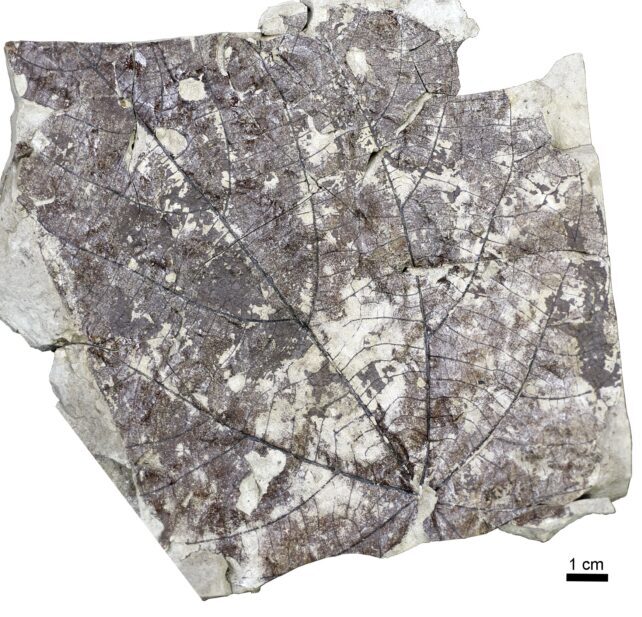
Now we may have our answer.
"We found that 98 percent of the fossil-leaves found at the site belonged to Byttneriophyllum, strongly indicating that they were shed from the parent trees," says Yamada.
"We could see that the leaves were deposited parautochthonously on the forest floor - they got fossilized where they fell."
Previous research has linked a fossilized fruit, Banisteriaecarpum giganteum, to B. tiliifolium leaves; future research will focus on looking for traces of the fruit in Japan, as that may link the trunk, fruit, and leaf together as an entire plant.
The research has been published in Scientific Reports.
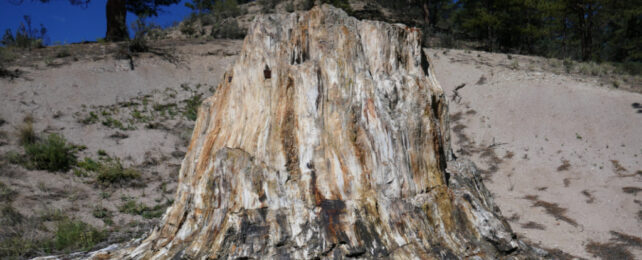
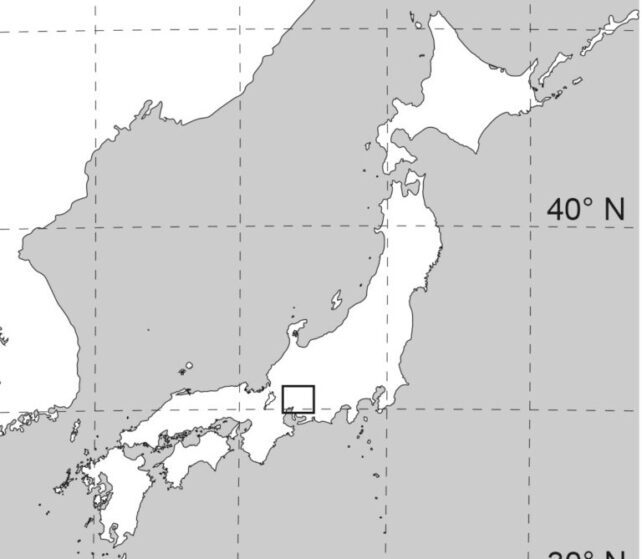
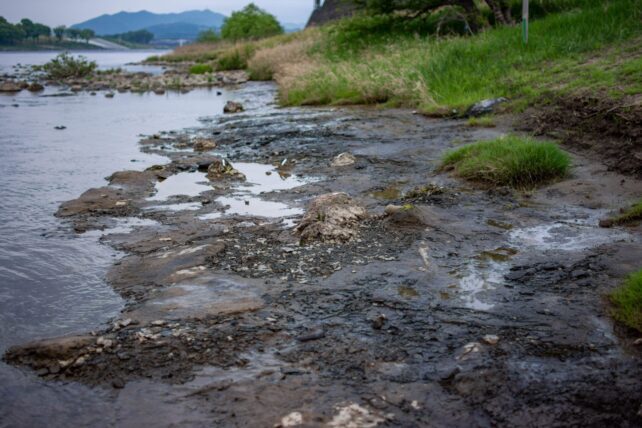
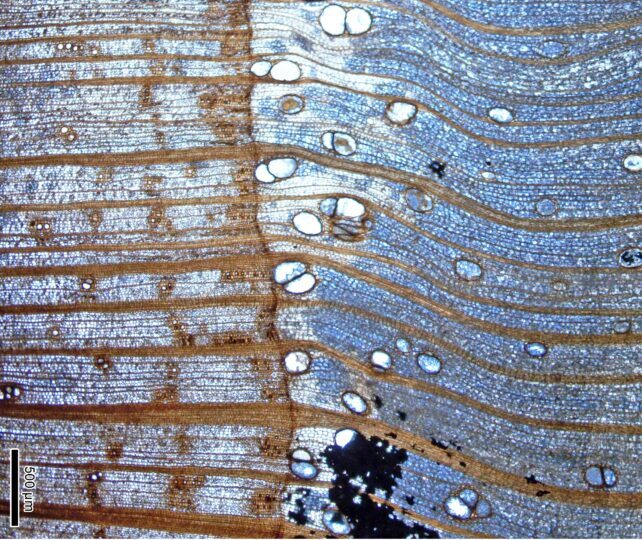
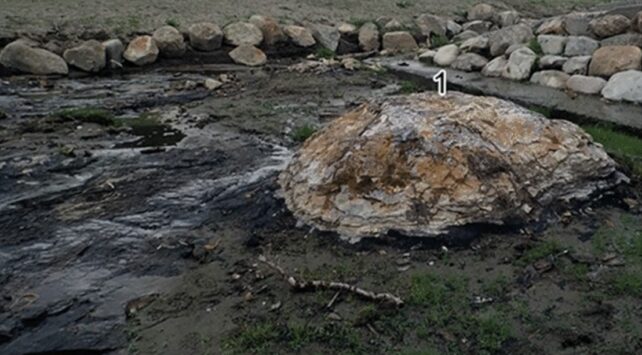



Comment: See also: When Antarctica was a rainforest